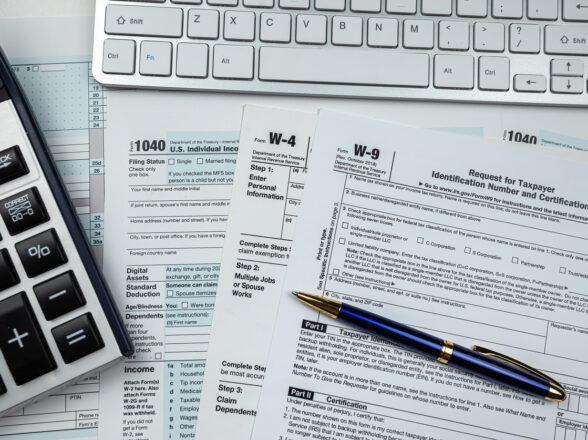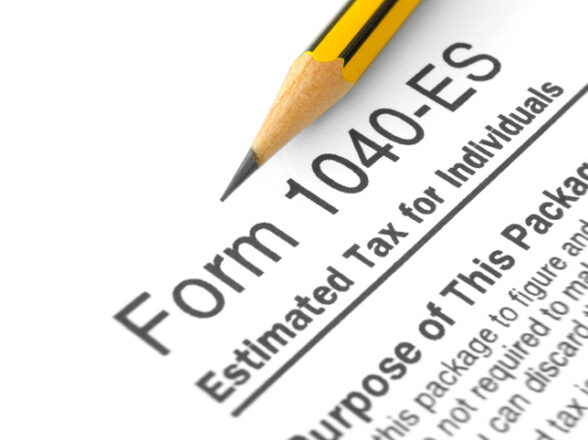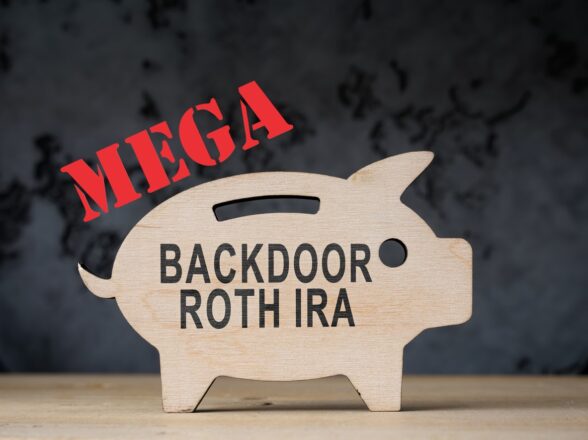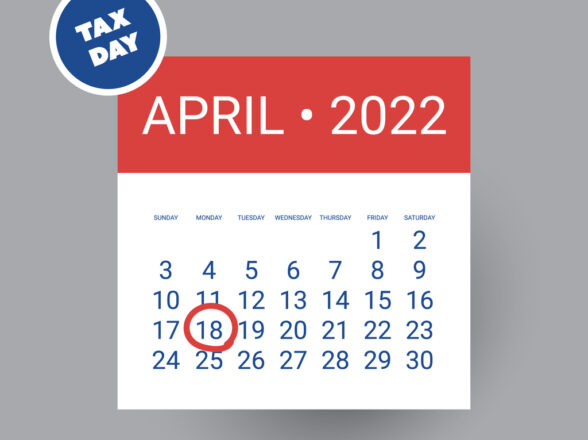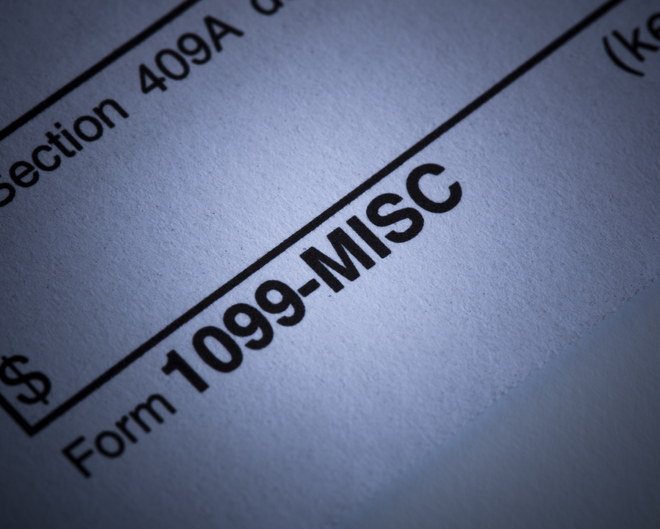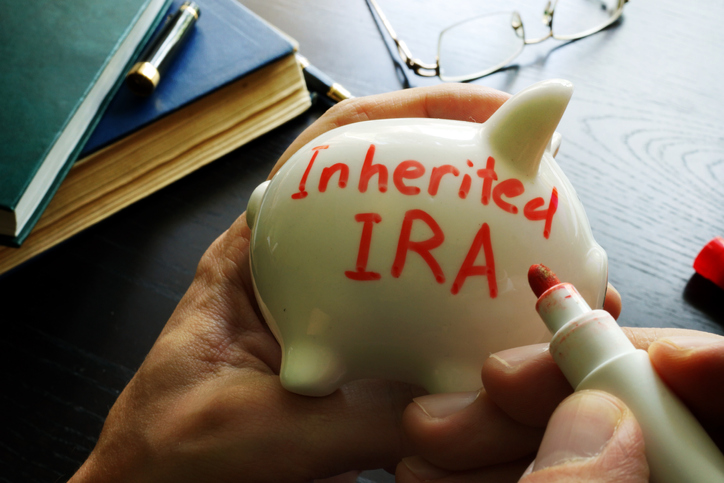Blog
What Should I Do with My 401(k) When I Change Jobs?

As of June 30, 2021, there were approximately 615,000 401(k) plans, with about 65 million participants and millions of former employees and retirees. This employer-sponsored, participant directed retirement plan has become the primary retirement savings vehicle for many people.
This article sheds some light on the benefits of participating on this retirement plan and what to do with your 401(k) plan when you change jobs.
What are the benefits to participating in a 401(k)?
If you’re a U.S. worker who doesn’t participate in a 401(k) plan, you’re missing out on a lot. Here are the benefits to participating on this retirement plan:
Tax benefits
One of the biggest benefits of participating in a 401(k) is the amount participants get to save in taxes. As a participant, you get to make contributions on a pre-tax basis. This means that your contributions are taken out of your paycheck before taxes are subtracted. Consequently, your gross income is decreased, so you pay less in income taxes.
Employer can match your contribution dollar-for-dollar
Many employers are willing to offer to match the amount their employees contribute to their 401(k) plan. Your employer can offer to match 50% of the first 6% you contribute to your plan. The more your employer matches, the more free money finds its way into your savings account.
Flexibility to change your contribution levels
Few other retirement plans can match the relative flexibility of the 401(k). Once you enroll in a 401(k) plan, you have the freedom to contribute as little or as much as you want to your account, subject to IRS and plan limits. Furthermore, you have the flexibility to modify your contribution levels at any time depending on your unique situation.
Earns you compound interest
Another advantage of a long-term savings plan like the 401(k) is that it allows compounded growth of earnings. When you invest in this retirement plan, you get to earn interest on the principal amount plus any accumulated interest. It may not seem like much in the early days, but compounding can have a huge impact in the long-term. The early you start saving, the more time your money has to grow.
How to handle your 401(k) after changing jobs
You’ve worked extra hard to save money in your 401(k), but what should you do with the savings if you happen to change jobs? Well, there are several options to explore, and it’s important to consider each carefully. These options are:
Keep a 401(k) at a prior employer
The first option is to leave your money where it is – in your former employer’s plan. Some employers allow former employers to keep a 401(k) if they have a certain balance, usually $5,000 or more.
So, what happens if the balance in your 401(k) is less than $5,000? Some employers force their former employees out of the plan by placing their funds in an IRA in the former employees’ names. Alternatively, they can cash their employees out and send them a check.
What do I stand to gain by keeping a 401(k) at a prior employer? You ask. One of the benefits of keeping a 401(k) at your former employer is that fees can be low, though not always. Many employer-sponsored retirement plans give former employees access to low-cost index funds. You may like certain lower-cost investment options in your old plan that you may not be able to roll into your current employer or hold in an IRA.
Another benefit of keeping a 401(k) at your former employer is that you might be able to take advantage of Rule of 55. This is an IRS rule that allows you to withdraw from your 401(k) penalty-free if you resign, you’re fired, or laid off from your job, beginning in the year you reach 55 years.
Roll over a 401(k) to your new employer
Once you find a new job, you can roll over a 401(k) to your new employer’s plan as soon as you make your exit, or you can delay the roll over. Experts recommend delaying the roll over so you can investigate and understand the investments, expenses, and the terms at the new company before you decide on the transfer.
If you decide to roll your old 401(k) account into your new employer’s plan, the first step to take is to contact the right person in your current company, and find out how you can make a rollover contribution. You can also consider asking your HR department or IRA custodian to assist you with the rollover.
Rollover a 401(k) to an IRA
If you tend to move from one job to another as you go up the career ladder, a rollover IRA might be the best option for you. Rollover IRAs not only serve as a single location for the retirement savings, but it also has various other advantages. One of the advantages is that a rollover 401(k) has many more options to build a portfolio than is typically in a 401(k) plan. A Rollover 401(k) presents limitless investment options for employees to choose from, including ETFs, bonds, stocks, and mutual funds.
Another advantage of a rollover 401(k) is that it is easier to align the investment strategy in the IRA with your overall investment strategy. Rolling over your retirement plans into a single rollover IRA eradicates complexity such that you can check one account statement and view the balance, current performance, and investment choices of most of your retirement savings.
Another benefit of rolling over a 401(k) plan to an IRA is that you might use the 72t distribution rule to access the funds early without penalty. The 72t distribution rule is a rule that enables you to benefit from your retirement savings before you attain the retirement age without the otherwise required 10% penalty.
Another reason why it’s a smart move to roll over a 401(k) to an IRA is that it gives you the option to have your professional financial advisor give you advice. Luckily, professional advice is easy to access today.









































